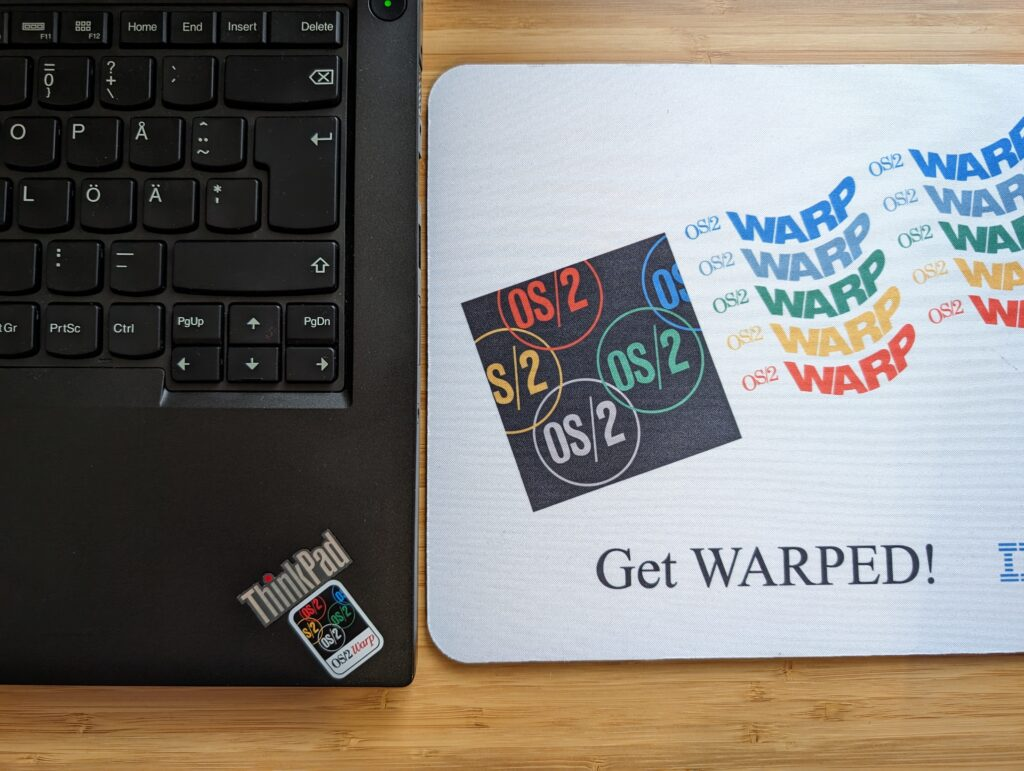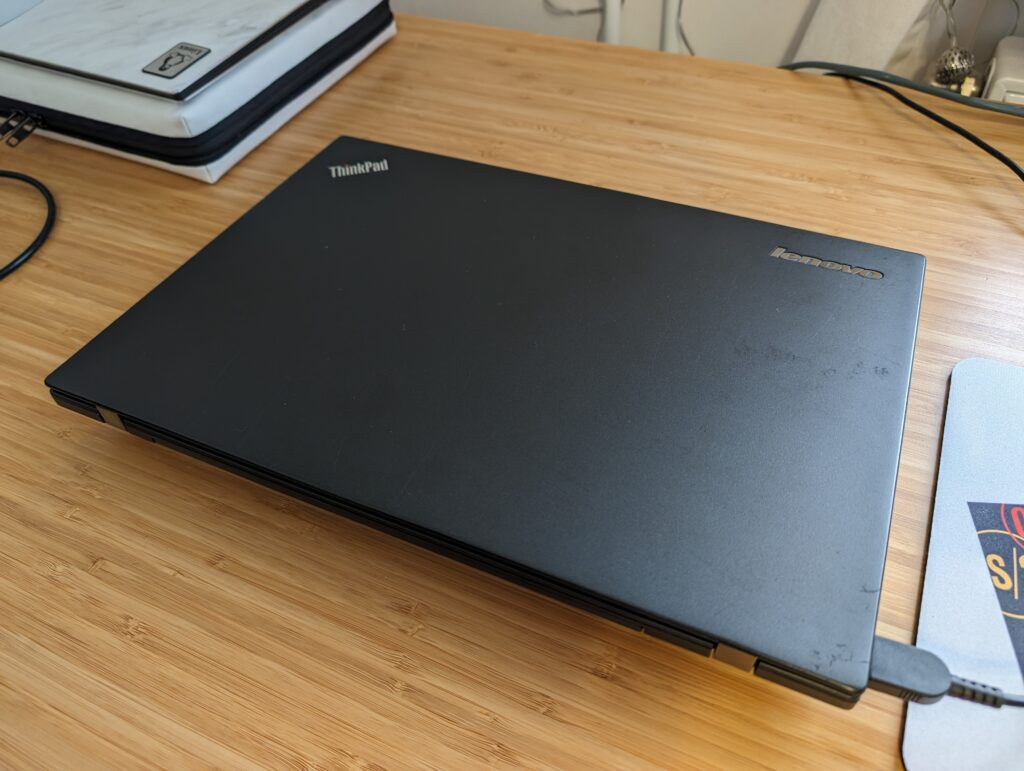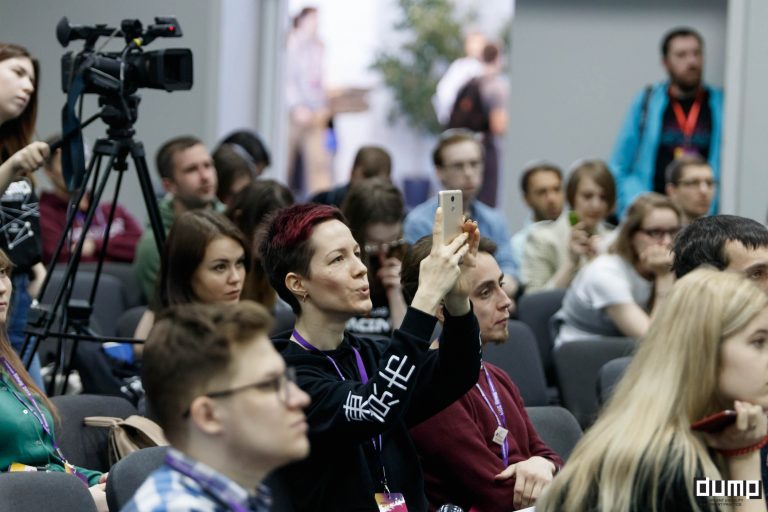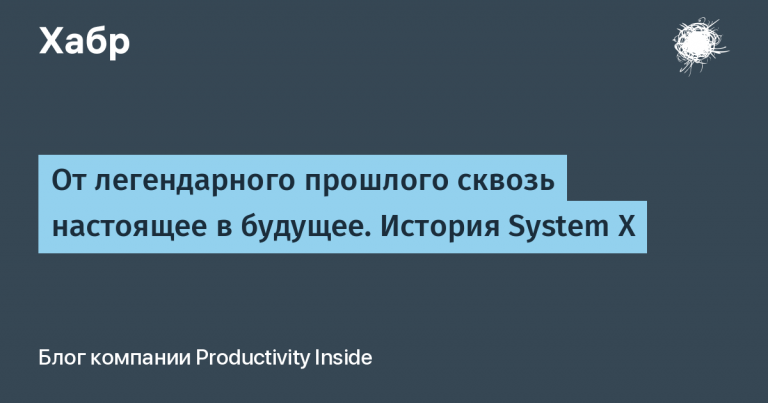B
The technology industry, the media, supposedly independent experts, as a rule, recommend buying the newest, most advanced gadgets: smartphones, TVs, laptops. But what if you need to update, but don’t have the money for a top-end device? Well, or you just don’t want to spend too much.
Should I buy a new cheap device? That's an option. It is likely that a good used laptop will be able to complete your tasks better. If you trick him a little.
ThinkPad laptops are widely considered a great used device option. After studying the available models, their capabilities and my budget, I decided to buy a Lenovo ThinkPad T450s for about 150 euros (~15 thousand rubles).

Why this particular model? I don't like big laptops, I didn't want anything larger than 14 inches. And since I'm a bit of a pixel snob, the 1920×1080 resolution was non-negotiable. Since I already have a Dell XPS 13 with an 8th gen Core i7 processor, I figured that moving up 3-4 gens would give me at least some difference in performance. An SSD was obviously necessary, as was expandability, and the amount of RAM didn't really matter.
The T450s turned out to be a great option. It has a 14-inch IPS display with a resolution of 1920×1080 (there are models with lower resolution, check this point), Core i5-5300U with 2 cores and 4 threads with a base frequency of 2.30 GHz and a maximum boost frequency of 2.90 GHz, Intel HD 5500 graphics, SSD SATA with a capacity of 128 GB and 4 GB of RAM. Since 4 GB is not enough today, I immediately ordered an additional 8 GB SO-DIMM module for 35 euros (~ 3.5 thousand rubles). Thus, the total cost of the car was 185 euros (18.5 thousand rubles), which I considered acceptable. The laptop also had licensed Windows, which also saved money.
I don't want to turn this article into a detailed review of the 2015 laptop, just a quick summary of what it's like to use this machine today. The display cover is made of carbon-reinforced plastic, while the rest is made of magnesium. This laptop feels older, as it looks bulkier than the XPS 13 9370 or the tiny Chuwi MiniBook X (2023). It doesn't seem bad, cheap or anything else – it's just not as strong as modern models.

But it has a whole range of ports that you can work with, which is very cool. On the left side: a slot for smart cards, USB 3.0, mini DisplayPort, another USB 3.0 and a power connector. On the right side: a headphone jack, an SD memory card slot, another USB 3.0 port, an Ethernet jack and a VGA port. On the bottom of the laptop there is a docking port for connecting to various docking stations with additional ports and connectors. Inside there is a free M.2 slot (small, 2242).
After playing around with various operating systems and distributions for a while, I installed my Fedora distribution instead of the pre-installed Windows one. But for a change I chose Xfce rather than the usual KDE.

ThinkPads tend to support Linux well, and the T450s is no exception. Everything I was able to test – with the exception of the smart card reader, since I don't have a smart card – works out of the box. Nothing required manual adjustment to work properly. Everything from the trackpad's gestures to the little ThinkLight on the lid worked perfectly, without the need to hunt for drivers and other nonsense that is common in Windows. This is normal for most Linux laptops, but it's nice to see that it applies to this model as well.

Working with the T450s was… Effortless. Applications open quickly, no delays or lags. Despite only having 2 cores and 4 threads, and an outdated integrated GPU, I didn't feel like I was missing anything when browsing the web, writing and translating texts, watching videos, and similar tasks. It's not an ultra-powerful laptop for video editing, gaming, code compilation, or anything else, but it's great for everything else.
Of course, I did a few things to make the machine more enjoyable to use. First of all, I removed the radiator, cleaned it of old thermal paste and applied fresh one. I then got into fan management and installed zcfan, the Linux fan management daemon for the ThinkPad, using its default settings and created a systemd service to start automatically. Additionally, I checked which codecs the Intel HD 5500 supported and which ones Firefox considered working, and then used enhanced-h264ify to disable VP9 on YouTube since the HD 5500 cannot hardware accelerate VP9 decoding.
As a result, the fan almost never turns on. This is probably the only fan I like.
We expand and restore
As much as I'm happy with the ThinkPad, it does have some serious shortcomings that are typical of a used laptop. The battery barely holds a charge, there's a red spot on the display, the keyboard uses a Swedish layout instead of the usual QWERTY, and it doesn't have a backlight. And here we come across the real reason why the ThinkPad is called the best used laptop option: the availability of parts for this line is exceptional.
The T450s has an interesting battery configuration: there is room for an internal battery, and also for an external one. A small internal battery costs about 40 euros (~4000 rubles), and external batteries from 60 to 80 euros (~6-8 thousand rubles). You can get some serious capacity this way, especially if you buy two or even more external batteries. Lenovo claims you can achieve 20.7 hours of battery life if you combine the internal battery with the largest external battery.
On my model, the internal battery compartment is partially occupied by the smart card reader, so in order to insert the internal battery, I will have to remove it and find a way to cover the smart card slot. Replacing the external battery is obviously much easier as it slots right into the device without having to open it.
Another interesting fact: if you wish, you can install a second M.2 SSD using the slot freed up after removing the smart card reader. However, note that this will require an adapter board (FRU 04X3827) and a ribbon cable (FRU 04X3987), which will cost you around 20 euros each. If storage space is more important to you than battery capacity, this could be a great solution.


Replacing the keyboard is also possible and is not particularly difficult. A new one will cost you no more than 40 euros (~4000 rubles), and there are a ton of available options.
I can also replace the display, which seems to be a pretty easy task. The reddish spot on my display is only noticeable in very dark areas of the screen, but it still bothers me. A new 1080p display for the T450s costs about 60 euros (~6,000 rubles).
What exactly will I change in the laptop? I haven't decided yet. Even if I buy two batteries, a new keyboard and a new display to return the laptop to almost its original appearance, I will only spend 180 euros (~18 thousand rubles), which is not that much considering what I get in return: a ton of battery life , a backlit keyboard with the correct layout, as well as a display that is pleasing to the eye.
However, even without all these improvements and fixes, the T450s is an excellent used laptop that can meet the needs of most users. It's a great buy for kids, but even as a primary laptop for more demanding users it would be a good workhorse.
So don't chase new products. Sometimes it is more profitable and convenient to slightly upgrade a used device.



